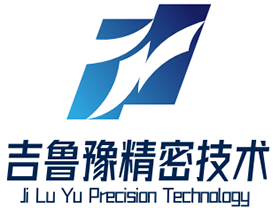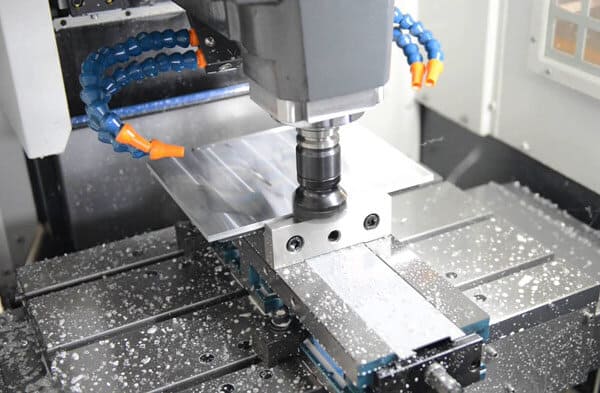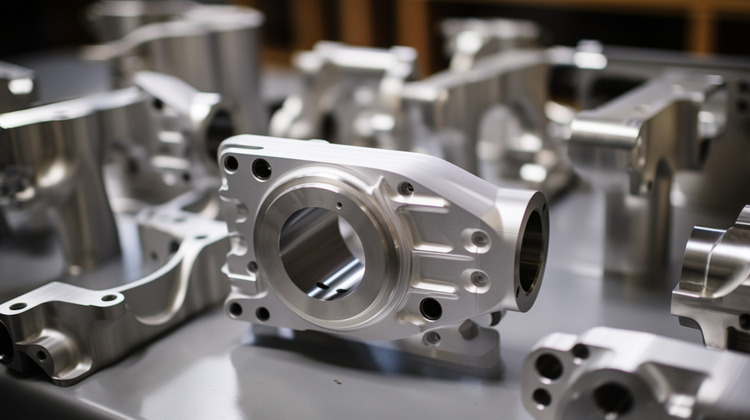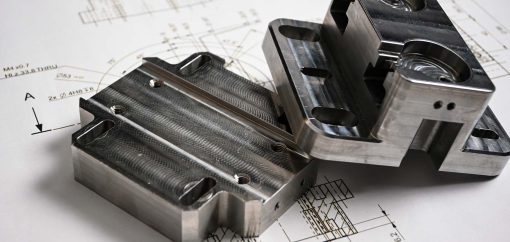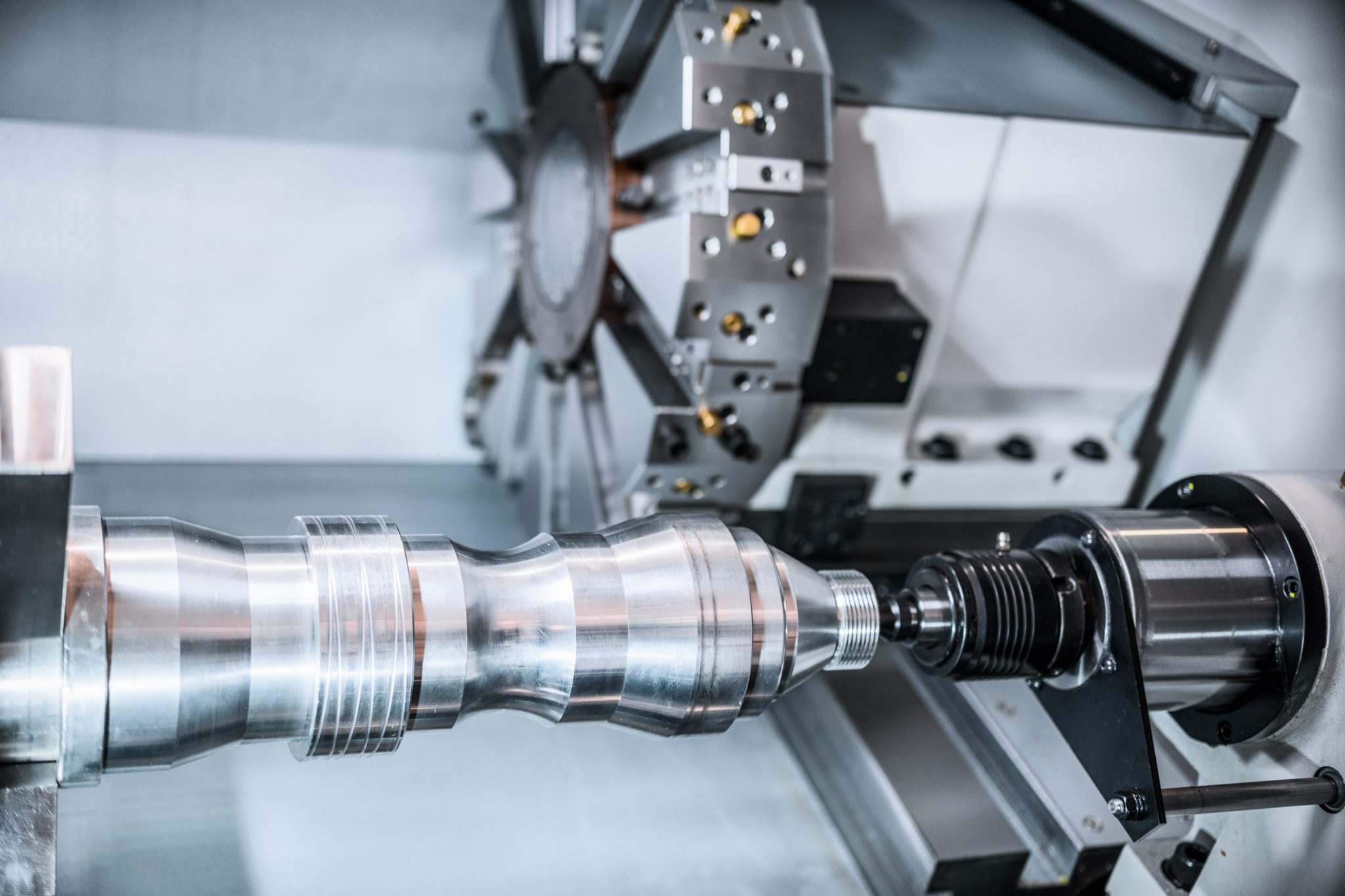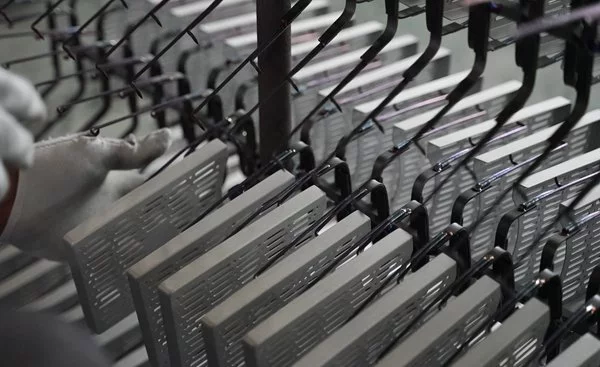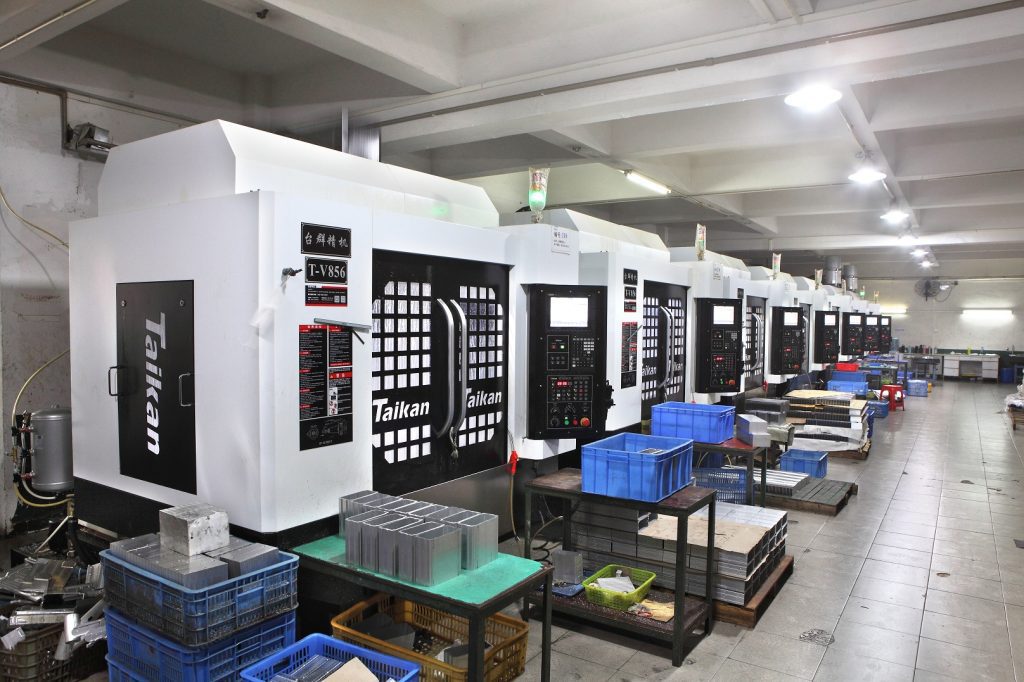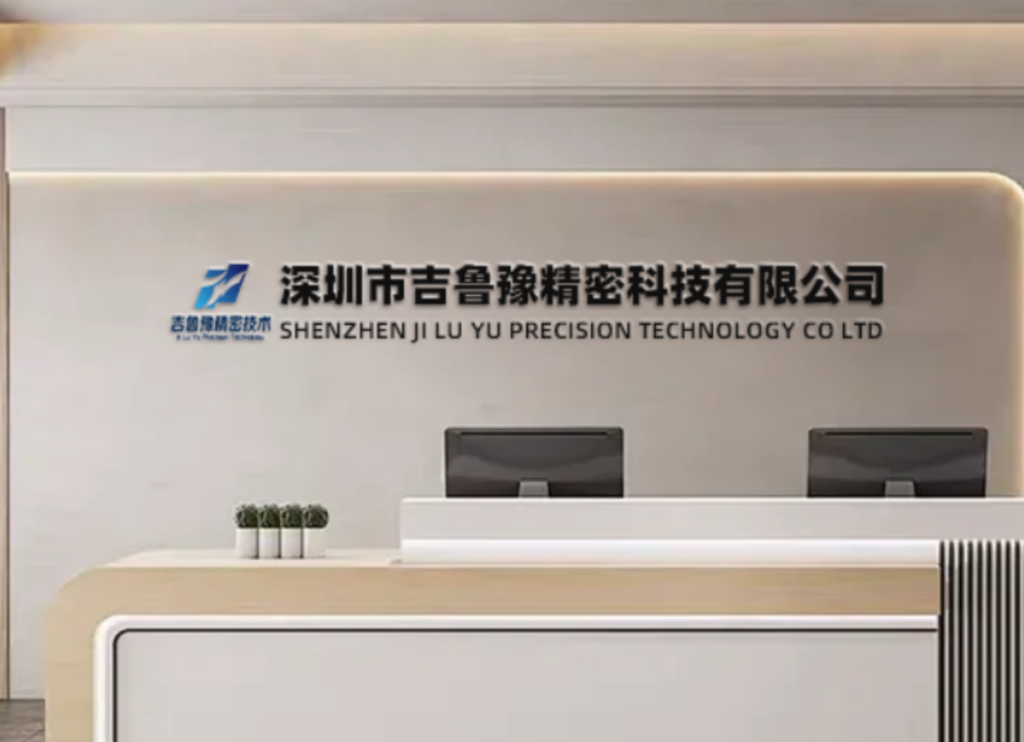Short Run Production Machining: The Complete Guide to CNC Efficiency
In today’s fast-paced manufacturing landscape, the ability to produce small batches of high-quality parts quickly isn’t just an advantage—it’s a necessity for staying competitive.
Short run production machining represents a strategic approach to manufacturing that emphasizes flexibility, efficiency, and rapid response to market demands. As specialized providers of CNC machining services, we understand the critical importance of delivering precision components in small to medium quantities without the extended lead times and high costs associated with traditional mass production. This comprehensive guide explores how modern CNC technologies and optimized workflows have made short run production an increasingly vital solution across industries from aerospace to medical devices.
The evolution of manufacturing has seen a significant shift toward on-demand production and lean manufacturing principles. Where traditional manufacturing relied on economies of scale through massive production runs, contemporary market demands require agility, customization, and rapid iteration capabilities that only specialized short run approaches can provide.
What is Short Run Production Machining?
Short run production machining refers to the manufacturing of limited quantities of parts, typically ranging from single prototypes to batches of several hundred components. Unlike mass production, which focuses on maximizing output through dedicated tooling and extended production cycles, short run machining prioritizes flexibility, quick setup times, and efficient transitions between different part designs.
The key characteristics that differentiate short run production include:
-
Reduced Batch Sizes: Production quantities typically ranging from 1 to 500 parts
-
Rapid Setup Times: Quick-change tooling and optimized workflows minimize non-cutting time
-
High Mix Capability: Efficiently processing multiple different part designs in sequence
-
Reduced Inventory: Just-in-time manufacturing approaches that minimize warehousing needs
-
Enhanced Flexibility: Ability to quickly incorporate design changes and modifications
This approach has become increasingly valuable as companies across industries seek to minimize inventory costs, accelerate product development cycles, and respond more rapidly to changing market demands.
The Strategic Advantages of Short Run CNC Machining
Implementing a short run production strategy delivers measurable benefits across multiple aspects of the manufacturing process and supply chain.
Economic Benefits
-
Reduced Tooling Investment: Elimination of expensive dedicated fixtures and tooling required for mass production
-
Lower Inventory Costs: Significantly reduced costs for raw material storage and finished goods warehousing
-
Improved Cash Flow: Smaller batch sizes translate to reduced capital tied up in work-in-progress inventory
-
Minimized Waste: More precise material purchasing and reduced risk of obsolete inventory
As demonstrated by Aztalan Engineering’s implementation of short run strategies, companies can achieve “成品库存压缩了超过100万美元” (reduction of finished goods inventory by over $1 million) through small-batch production approaches.
Operational Advantages
-
Accelerated Time-to-Market: Rapid prototyping and production capabilities compress development cycles
-
Enhanced Design Flexibility: Ability to quickly implement engineering changes and design iterations
-
Quality Control: Smaller batches enable more thorough inspection and quality verification
-
Risk Mitigation: Reduced exposure to design flaws propagating through large production runs
The operational benefits extend beyond simple cost considerations. As noted in one case study, “如果你的生产非常快,便不会总是关心价格问题” (if your production is very fast, you won’t always worry about price issues), highlighting how speed and responsiveness can become competitive differentiators.
Technical Advantages
-
Process Optimization: Continuous improvement through frequent process adjustments between batches
-
Material Versatility: Ability to work with diverse materials without significant retooling costs
-
Quality Enhancement: More consistent results through reduced tool wear between maintenance cycles
-
Documentation Control: Comprehensive tracking and documentation for each limited production run
CNC Technologies Enabling Efficient Short Run Production
Modern short run production machining leverages advanced CNC technologies specifically suited to flexible, responsive manufacturing environments.
Multi-Axis Machining Systems
The evolution from 3-axis to multi-axis machining has dramatically expanded capabilities for short run production:
Table 1: CNC Machining Capabilities for Short Run Production
| Machining Technology | Axis Configuration | Short Run Applications | Tolerance Capability | Setup Time |
|---|---|---|---|---|
| 3-Axis Milling | X, Y, Z linear axes | Simple geometries, 2.5D features | ±0.025mm to ±0.125mm | 30-60 minutes |
| 5-Axis Simultaneous Milling | 3 linear + 2 rotational axes | Complex contours, organic shapes | ±0.01mm to ±0.05mm | 1-2 hours |
| Multi-Task Machines | Multiple operations in single setup | Complete machining of complex components | ±0.015mm to ±0.075mm | 1-3 hours |
| Mill-Turn Centers | Combined milling and turning | Complex rotational parts with off-center features | ±0.005mm to ±0.02mm | 1-2 hours |
5-axis simultaneous machining has proven particularly transformative for short run production. As demonstrated by DMG Mori, implementation of 5-axis technology can achieve “加工时间缩短30%以上” (machining time reduction of over 30%) while simultaneously improving surface quality.
Advanced Machining Strategies
Several specialized machining strategies significantly enhance efficiency in short run environments:
-
High-Speed Machining: Elevated spindle speeds and optimized toolpaths for reduced cycle times
-
Dynamic Milling: Advanced roughing strategies that can reduce “铣削周期缩短40%至70%” (milling cycle time by 40% to 70%) while extending tool life
-
Trochoidal Milling: Continuous toolpath strategies that maintain consistent tool engagement
-
Adaptive Clearing: Intelligent material removal that adjusts to geometric conditions
These advanced approaches require specific technical capabilities, including “高的加速/减速能力” (high acceleration/deceleration capabilities) and advanced look-ahead functions in the CNC control system.
Implementing Effective Short Run Production Strategies
Success in short run production machining requires more than advanced equipment—it demands strategic approaches to manufacturing planning and execution.
Cellular Manufacturing Approaches
Implementing dedicated manufacturing cells for short run production delivers significant efficiency improvements:
-
Grouped Equipment: Organizing complementary machines in U-shaped cells to minimize material handling
-
Dedicated Resources: Specialized tooling and workholding allocated specifically for short run work
-
Cross-Trained Personnel: Skilled operators capable of managing multiple processes within the cell
-
Streamlined Workflow: Optimized material and information flow within the manufacturing cell
As demonstrated by Aztalan Engineering, reorganizing equipment into “专用短期快速样机研究单元模式” (dedicated short-run rapid prototype research cell mode) enabled significantly improved responsiveness to customer requirements.
Rapid Setup Methodologies
Minimizing changeover time between different components is critical for short run efficiency:
-
Standardized Workholding: Implementing quick-change vise systems, modular fixtures, and zero-point mounting systems
-
Tool Management: Strategic tooling selection to minimize changes and organized tool presetting
-
Digital Documentation: Comprehensive setup sheets with visual references and step-by-step instructions
-
Program Management: Efficient CAD/CAM workflows that minimize programming time for new components
The implementation of advanced toolpath strategies like dynamic milling requires careful attention to “刀具夹持” (tool clamping), with recommendations for “小于10微米跳动” (runout of less than 10 micrometers) to maximize tool life and performance.
Quality Assurance in Short Run Environments
Maintaining quality standards in short run production requires specialized approaches:
-
First Article Inspection: Comprehensive verification of initial parts from each batch
-
In-Process Verification: On-machine probing and vision systems for critical feature verification
-
Statistical Process Control: Adapted SPC methods suitable for limited production runs
-
Digital Record Keeping: Comprehensive documentation for each batch with full traceability
As referenced in the national standard for “金属切削机床加工过程的短期能力评估” (short-term capability evaluation of machining processes on metal-cutting machine tools), specialized methodologies exist for evaluating process capability in limited-run scenarios.
Materials Selection for Short Run Production
The choice of appropriate materials significantly impacts both manufacturing efficiency and component performance in short run applications.
Machinability and Availability Considerations
Short run production favors materials with favorable machining characteristics and widespread availability:
Table 2: Material Selection Guide for Short Run CNC Machining
| Material Category | Specific Grades | Machinability Rating | Short Run Considerations | Typical Applications |
|---|---|---|---|---|
| Aluminum Alloys | 6061-T6, 7075-T6 | Excellent | Fast machining, readily available, cost-effective | Aerospace, automotive, consumer products |
| Stainless Steels | 304, 316, 17-4PH | Fair to Good | Slower machining, higher tool wear, good corrosion resistance | Medical devices, food processing, marine |
| Titanium Alloys | Grade 5 (6Al-4V) | Fair | Slow machining, specialized tooling, excellent strength-to-weight | Aerospace, medical implants, chemical |
| Engineering Plastics | ABS, Nylon, PEEK | Good to Excellent | Very fast machining, minimal tool wear, chemical resistance | Consumer products, electrical insulation, bearings |
| Alloy Steels | 4140, 4340, A2 | Fair to Good | Moderate machining speeds, heat treatment often required | Tooling, molds, high-strength components |
Material-Specific Machining Parameters
Each material family demands specific machining approaches in short run environments:
-
Aluminum Alloys: High-speed machining capabilities with emphasis on surface finish and burr minimization
-
Stainless Steels: Controlled cutting parameters with attention to work hardening and thermal management
-
Titanium Alloys: Reduced cutting speeds, specialized tool geometries, and high-pressure coolant
-
Engineering Plastics: Sharp cutting edges, controlled clamping forces, and thermal management
Real-World Case Studies: Short Run Production Success Stories
Case Study 1: Aerospace Component Development
An aerospace supplier needed to produce wind tunnel test components for a new aircraft control surface with accelerated timeline requirements.
Challenge: Machine 35 complex actuator mounting brackets from 7075 aluminum with ±0.05mm positional tolerances on critical bearing surfaces within a 10-day timeframe to support accelerated development schedule.
Technical Solution: Implementation of dedicated 5-axis machining cell with integrated inspection:
-
High-Speed Machining: Optimized toolpaths utilizing dynamic milling strategies
-
Digital Twin Integration: Manufacturing simulation to verify toolpaths before machining
-
In-Line Metrology: On-machine probing to verify critical features without separate inspection
-
Material Optimization: Aluminum 7075-T6 selected for optimal machinability and performance
Results: The components were delivered within 8 days, enabling the customer to proceed with wind tunnel testing two days ahead of schedule. The implementation achieved a 42% reduction in machining time compared to conventional approaches while maintaining all dimensional requirements.
Case Study 2: Medical Device Prototype Acceleration
A surgical instrument company required functional prototypes for a new laparoscopic tool system for surgeon evaluation and regulatory submission.
Challenge: Produce 15 fully functional device prototypes matching production intent materials and tolerances within a 7-day timeline for critical surgical team evaluation.
Technical Solution: The project employed strategic manufacturing approaches:
-
Multi-Material Machining: Combination of stainless steel for internal mechanisms and medical-grade plastics for housings
-
Parallel Processing: Multiple machines operating simultaneously to compress overall lead time
-
Digital Workflow: Integrated CAD/CAM system enabling rapid programming for design iterations
-
Quality Integration: In-process verification at critical manufacturing steps
Results: The prototypes enabled identification of two critical ergonomic issues that significantly improved device usability. The 7-day delivery allowed the company to maintain its FDA submission schedule while implementing design improvements based on surgeon feedback, potentially reducing time-to-market by 12 weeks.
Case Study 3: Industrial Equipment Emergency Production
A power generation equipment manufacturer faced emergency replacement requirements for obsolete turbine components no longer available from original suppliers.
Challenge: Reverse engineer and produce 15 complex housing components from Inconel 718 within 21-day timeframe to prevent extended power plant outage.
Technical Solution: Integrated approach combining advanced technologies:
-
3D Scanning: Non-contact measurement of worn components to create digital models
-
CAD Recreation: Parametric modeling with design intent recovery
-
High-Performance Machining: Specialized tooling and techniques for difficult-to-machine Inconel
-
Accelerated Post-Processing: Streamlined heat treatment and surface enhancement
Results: The components were delivered within 18 days, preventing what would have been a 6-week power plant outage costing approximately $2.2 million in lost revenue. The digital models created during the process established a foundation for future replacement part production.
Implementing Short Run Production: Key Success Factors
Successfully implementing short run production capabilities requires strategic planning and specific operational approaches.
Technology Investment Strategy
Strategic equipment selection and implementation maximizes return on investment:
-
Capability Matching: Alignment of equipment capabilities with target market requirements
-
Software Integration: Seamless data flow from design through manufacturing and inspection
-
Tooling Management: Comprehensive approach to cutting tool selection and maintenance
-
Workholding Optimization: Flexible fixturing systems that accommodate diverse components
As demonstrated by Aztalan Engineering, the strategic organization of “四台机床” (four machine tools) into a dedicated cell for short run production enabled significantly improved responsiveness.
Operational Excellence
Daily operations must support the unique requirements of short run production:
-
Production Planning: Sophisticated scheduling that balances efficiency with responsiveness
-
Supply Chain Management: Reliable material sourcing with appropriate lead times
-
Skills Development: Technical training focused on rapid setup and problem-solving
-
Continuous Improvement: Regular review of processes and performance metrics
Quality Management
Maintaining quality standards in short run environments requires adapted approaches:
-
Documentation Systems: Efficient documentation methods suitable for small batches
-
Measurement Strategies: Appropriate inspection methodologies for limited quantities
-
Process Validation: Methods for establishing process capability with limited data
-
Traceability Systems: Comprehensive tracking for each production batch
The Future of Short Run Production Machining
Emerging technologies and evolving market demands continue to shape the future of short run production.
Digital Integration
The continuing digital transformation of manufacturing enhances short run capabilities:
-
Digital Thread Implementation: Seamless data flow from design through manufacturing and inspection
-
Predictive Analytics: AI-driven forecasting of manufacturing parameters based on geometric complexity
-
Additive-Subtractive Hybrid: Combining 3D printing and CNC machining for optimal results
-
Cloud Manufacturing: Distributed production networks that optimize capacity utilization
Advanced Automation
Increasing automation supports enhanced efficiency in short run environments:
-
Robotic Loading: Automated part handling for extended unmanned operation
-
Adaptive Control: Systems that adjust machining parameters based on cutting conditions
-
Tool Monitoring: Automated detection of tool wear and breakage
-
Quality Integration: In-process measurement with closed-loop compensation
As manufacturing continues its digital transformation, short run approaches will increasingly become the standard rather than the exception across industries. The implementation of advanced toolpath strategies like dynamic milling requires “当前的CAM软件” (current CAM software) with specialized capabilities for managing complex toolpaths.
Conclusion
Short run production machining has evolved from a specialized capability to a core manufacturing strategy in today’s dynamic business environment. The combination of advanced CNC machining technologies, optimized workflows, and strategic manufacturing approaches enables companies to respond with unprecedented speed and flexibility to market opportunities while maintaining the precision and quality required across industries.
The most successful implementations recognize short run production not as a temporary solution but as a strategic capability that reduces overall business risk while creating competitive advantage through enhanced responsiveness and reduced time-to-market. By leveraging the appropriate technologies, implementing efficient workflows, and developing specialized expertise, manufacturers can transform their operations to thrive in an era of increasing volatility and customization demands.
For components requiring precision, speed, and flexibility, our integrated CNC machining services deliver the capabilities and expertise required for successful short run production. Contact our engineering team to discuss how our short run manufacturing solutions can enhance your next project.
